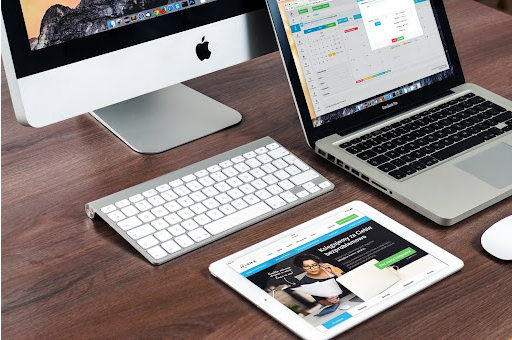5 iOS And Android Design Tips.
Among the most important skills for today’s UI artist, mobile app design has quickly taken center stage. UX and UI solutions should be local on Google Play and among iOS users.
If a mobile app is developed using guidelines, the App Store makes it much easier to let it operate, and users are happy to see something they’ve known and liked for a long time.
All of this means that the creator needs to follow the general standards and remember to keep up with the changes that come out so often. In this case, they will only be able to keep expertise and stay in demand on the job market.
Making mobile apps for iOS can be especially hard because strict rules must be followed to keep the original look and feel. If you want to save time and money, you should get help from appkong.com. Because iOS usage completely differs from how apps typically behave on their devices, beginners and Android users need help adjusting.
To make things easier for designers, we’ve compiled a list of “life hacks” that will support them learn guidelines much faster, send plans to developers without making mistakes, and hopefully come up with some cool design ideas.

5 iOS And Android Design Tips
1. Fonts and Their Options
When a professional is asked to build a native app for iOS, they won’t have to choose a font. The platform’s creators have already taken care of this; they stated in the guidelines that their San Francisco font must be used.
“SF UI Display” and “SF UI Text. display” are the styles it comes in. The first is mostly used for normal interface parts, while “Text” is for headers and body text.
You can also use your fonts, of course. But this method might cause the developer’s work costs to go up. Be careful with the license if you can’t get around this point.
2. Basics of Working with Color, Software Difficulties
When designing an app, picking the wrong color can make people feel many different things, even to the point of deleting the app. Choosing colors that go well together and fit the product’s theme is important. It must be known that some colors can be linked to a certain action by default; in the case of incorrect use, they will mislead the app.
Tips for Using Colors When Designing an iOS Application
Here are some helpful hints:
- To show that the part can be clicked on, use bright colors.
- Your best friends are colors that go well together.
- Use only a few colors, two or three at most. One of those colors should be used for the buttons and other busy parts of the app.
- Use a color typically associated with an action, but do not mislead the user. Be smart about how you use reds, greens, blues, and neutrals.
- If the company for which the app is being developed has a name and guidelines, it is worth using the available data to avoid breaking the link with the brand.
- Gradients in the main parts of the app make the programmer’s work much harder.
- When you use a gradient, try to keep it as simple as possible and avoid movements that are rare because they are hard to handle in code.
3. Illustration as a Wow-effect
Illustrations in mobile app development have been popular for a long time. They must meet more strict requirements yearly, like being more unique, friendly, and in line with the business. More is needed for an artist or designer to get ideas from vector people on picture stocks; they also need to pay attention to changes in how information is presented and style trends.
Bright Colors and Simple Shapes
“Simple but complex” is a term that can be used to talk about contemporary art trends. But work made up of simple shapes will only sometimes be simple. A lot of the time, it’s best to use big, simple shapes that add up to complex patterns in bright colors. You can even use slopes. It’s important not to make things too easy, and remember that pictures should be as clear as possible. They need to stick out and be seen.
Whimsical and Abstract
These days, more and more artists are making fun surreal designs by combining different pictures, patterns, shapes, and lines. It will look great if the balance is right.
4. Icons – a Stylish Tool
Remember how important icons are when making mobile apps. They are one of the most important parts of style. The app is distinctive due to its line thickness, color, smooth sides, shape, and, at the same time, sign readability. Try changing the page’s icons from ones with round and smooth shapes to ones with angles. You’ll notice right away how this changes the general picture.
5. Application Icon: Do’s and Don’ts
There is a different picture for each mobile app that is called an “icon.” The app will be open on the App Store and Google Play first. The user checks to see if they want to know more about the service. If not, it goes down even more. A good icon gets people interested, gives them confidence, and reassures them that the app can be helpful. At the same time, a bad icon is hard to understand and makes you wonder how useful or good the service is. People who install it change what the icon does, so this must be considered. It should help you find the app among other icons on the home screen.
If you follow the above rules and suggestions, the App Store and Google Play will include a better opinion of your product, as will users.